Separation anxiety isn’t really exclusive to specific breeds, but there are some dog breeds prone to separation anxiety more than others. While there are also many factors to separation anxiety, some dogs seem to fall victim to it without any rhyme or reason.
If you’re currently struggling with separation anxiety or want to try to avoid the problem at all costs when searching for a new dog, it might be best to avoid these breeds or adopt adults with a known temperament.
#1 – German Shepherd Dog

We know the German Shepherd Dog as the jack of all trades in the dog world. They preform many different tasks from sheep tending to search and rescue to police suspect apprehension. Unfortunately, the breed has seen a decline in health in recent years and this includes the temperament of the dogs. German Shepherds often suffer from separation anxiety.
#2 – Australian Shepherd

Like other active herding breeds, the Australian Shepherd seems to have a higher instance of separation anxiety than other breeds. Bred to work, a lack of activity makes them bored and anxious as well as being away from their people for long periods of time.
#3 – Labrador Retriever
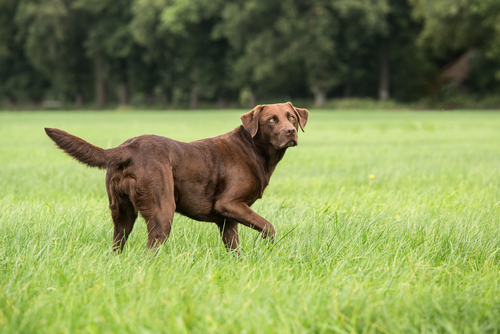
The Labrador Retriever is the most popular family dog breed in the United States and it has grown accustomed to being with family members. The breed has suffered a decline in health like the German Shepherd, including an increasing number of cases of separation anxiety.
#4 – Vizsla
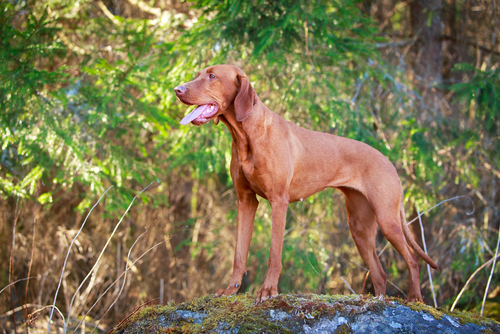
The Vizsla is a very popular gundog from Hungary. Bred for hunting alongside their owners for long periods of time, the Vizsla does not do well when left alone for long hours. Too much alone time and too little activity will greatly increase the risk of severe separation anxiety.
#5 – Border Collie
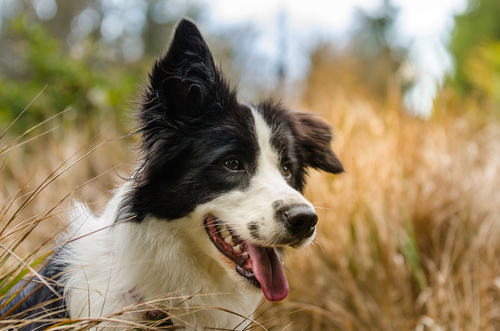
The Border Collie is one of the most predominant working and sport dogs today, excelling in a variety of venues. Because of their high energy and intelligence, these dogs need a lot of mental stimulation to prevent them from reaching excessive boredom. This boredom will turn into separation anxiety very quickly.
#6 – Cocker Spaniel
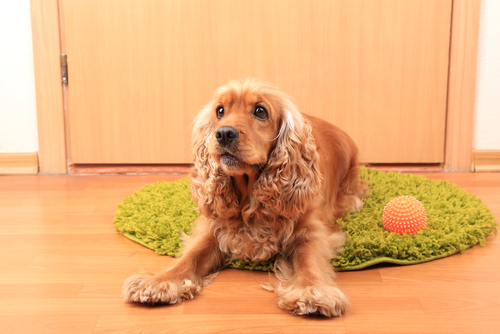
Cocker Spaniels are also gundogs and are used to spending a lot of quality time with their family. They make great family companions but their popularity has introduced a lot of temperament issues, including severe separation anxiety.
#7 – Bichon Frise
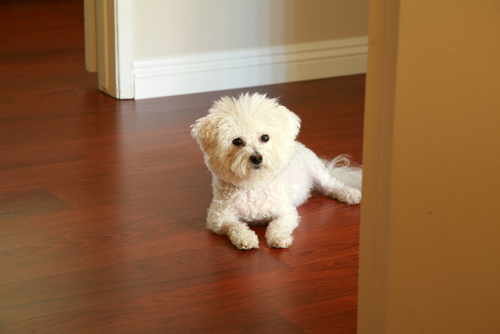
One of the most common problems reported among Bichon Frise owners is their separation anxiety. As a companion and lapdog he does not do well when unable to see their owners for extended periods.
#8 – Cavalier King Charles Spaniel

The Cavalier King Charles Spaniel is one of the smallest spaniel breeds and was used primarily as a companion dog. They are used to being around people, enjoy being around people and are prone to having separation anxiety if left alone for too long.
#9 – Italian Greyhound

Italian Greyhounds are the smallest sighthounds and they make excellent family companions, especially for those that aren’t as active. They bond so closely with their owners they are prone to suffering separation anxiety if left alone for long periods.
#10 – Toy Poodle

The Toy Poodle is the smallest of the Poodles and probably the softest in temperament. Bred as companion dogs, they do not fare well when left along for long periods. They desire regular human interaction.
#11 – Havanese
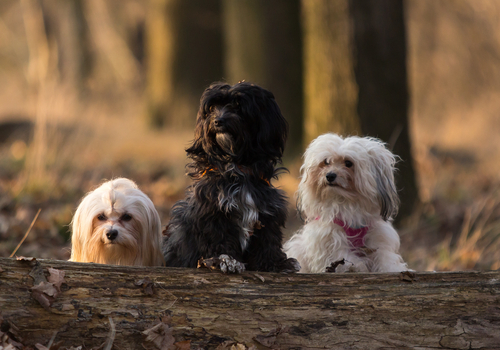
The Havanese is a small dog from Cuba that makes an excellent family companion. Bred to be lapdogs, they desire human companionship and do not do well when left alone for long hours.
#12 – German Shorthaired Pointer
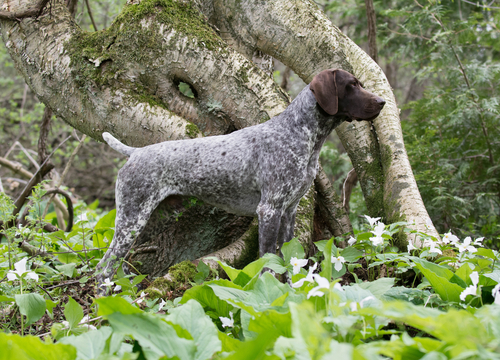
The German Shorthaired Pointer is a German gundog and one of the most popular hunting dogs today. Bred to work alongside their people, they do not do well when left alone long.

